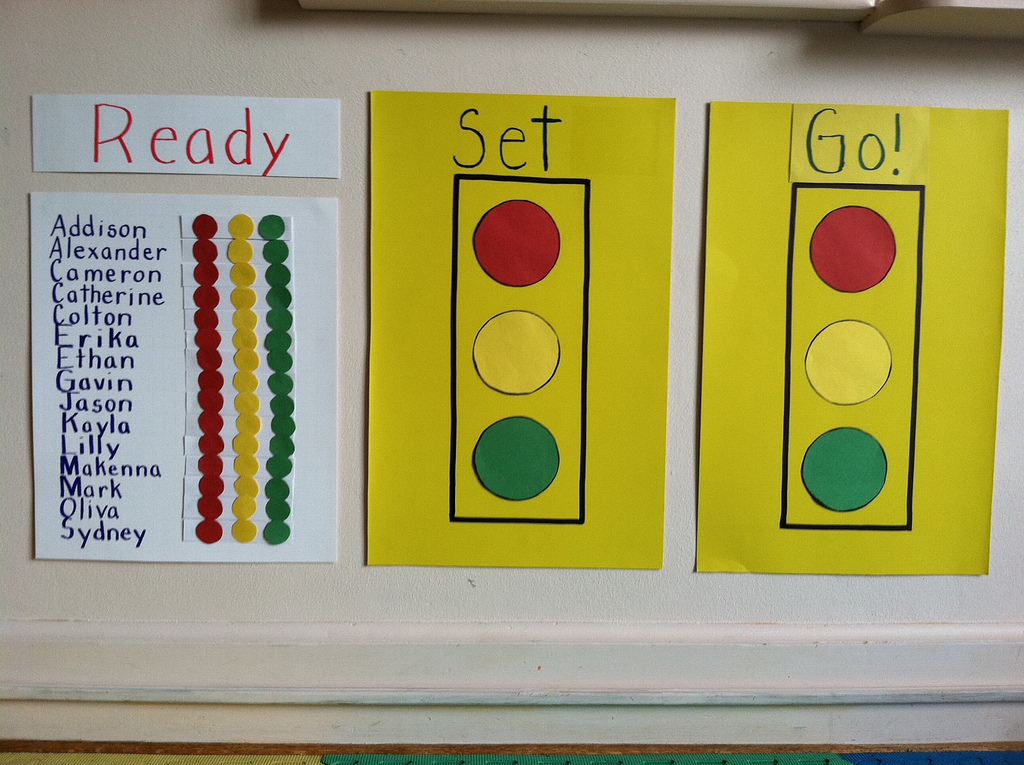Around the web people are sharing their experiences with Kidzban. This is the third post in the series – Kidzban Around the Web.Maritza van den Heuvel writes from her Becoming an Agile Family Blog. She has written many posts on her experiences with both kidzban and Personal Kanban. In her All Aboard post she describes "that there is no 'one size fits all' approach."She has used a kidzban right from her dining table. She states "The most visible item in our open plan living area is the dining table."She has also used the fridge. Maritza mentioned in her post "By the next weekend, I’d realised that the object which is most central to our lives is in fact the kitchen fridge. It’s the first thing you see as you walk into the kitchen, and all of us open it at least once in the morning, afternoon and evening. It also came with a ready-made metal surface and a myriad of magnets we could use for our cards."Maritza loves the fridge because "The further beauty of the fridge, is that it has natural boundaries that separate the Backlog (below the line) and Work In Progress (above the line). Work again moves across from the left (Next Up) to the middle (Doing) and eventually to the right (Done)."She even has a portable Kanban that she made out of a folder and pasted a poster board to. "So far, the mobile board has been my biggest breakthrough in personal productivity using Personal Kanban."Maritza has created truly innovative kidzbans with her family. Her Teaching Kids Timekeeping with Kanban is one example. She states "I had been toying with the idea of a non-linear kanban for over a year." Her kids loved Harry Potter and "were already familiar with the concept of a clock that 'shows where you are' made the format of the clock a no-brainer."
Maritza mentions how easy it was to involve her children in creating the kidzban while making it fun. "All you have to do is look around at what you have and use it creatively while involving the kids throughout. We made the clock in an afternoon, with an extra day for the choosing and printing of the photos." The face was created by using the previous year's cardboard calendar. Her kids colored the segments, and she wrote the activity names on poster board and her kids cut them out. They are removable so that they can change easily if activities change or the time changes for activities and her kids chose their own photos to use on the arms of the clock.After using the clock for around a month Maritza concluded, "The kids are certainly having a lot of fun with it so far." They placed the kanban "strategically" in a highly visual place - at the bottom of their stairs. "....they have to pass it every time they go up or down. We now also have a new mantra to Check and Change....(the Weasley Clock)." She also stated her kids are starting to form the habit of changing positions of their avatars and they are enjoying comparing each other's status.Be sure to stop by Maritza's Becoming an Agile Family Blog to read the All Aboard post and Teaching Kids Timekeeping with Kanban post in their entirety. Maritza is also one of the authors of the book Beyond Agile: Tales of Continuous Improvement.Photo 1: CreditPhoto 2: CreditThis is the third post in the series - Kidzban Around the Web. You can read the first post here and the second post here.














